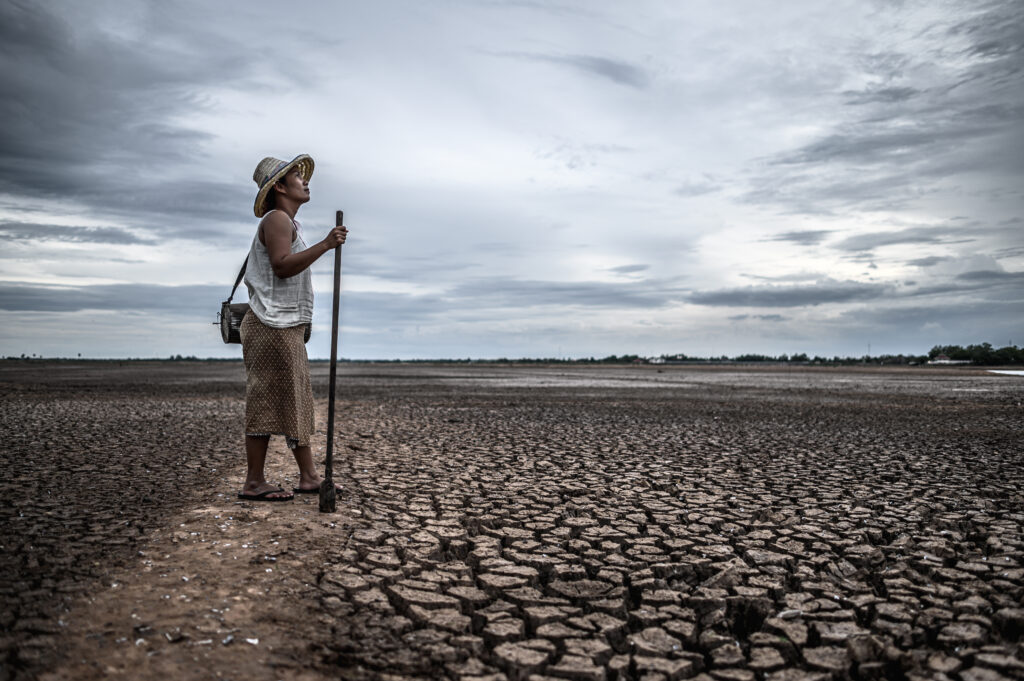In an increasingly interconnected global economy, small and vulnerable economies (SVEs) face unique challenges when subjected to tariff pressures. These economies, often characterized by limited natural resources, small domestic markets, and heavy reliance on international trade, are particularly susceptible to disruptions caused by protectionist policies and trade barriers. As major economies impose tariffs to protect domestic industries or address geopolitical tensions, SVEs find themselves navigating a precarious landscape where economic resilience is tested. This article explores the impacts of tariff pressures on SVEs, their coping mechanisms, and potential pathways to mitigate vulnerabilities.
The Nature of Small and Vulnerable Economies
SVEs, typically including small island developing states (SIDS), landlocked developing countries, and other small nations, rely heavily on exports and imports. Their economies often depend on a narrow range of commodities or services, such as tourism, agriculture, or fisheries. For instance, countries like Fiji, Mauritius, and Barbados derive significant revenue from tourism and agricultural exports, while others, like Bhutan, depend on hydropower exports. This lack of diversification makes SVEs highly sensitive to external shocks, including sudden changes in trade policies.
Tariffs, which are taxes imposed on imported goods, can disrupt the delicate balance of these economies. When major trading partners impose tariffs, the cost of exports rises, reducing competitiveness in global markets. Conversely, retaliatory tariffs or trade restrictions can increase the price of essential imports, such as food, fuel, and technology, which SVEs often cannot produce domestically.
The Impact of Tariff Pressures
- Export Market Contraction
Tariffs imposed by larger economies can shrink export markets for SVEs. For example, a tariff on agricultural products from a small Caribbean nation could render its goods less competitive in the United States or European Union markets. This reduces foreign exchange earnings, which are critical for importing essential goods and servicing external debt. In 2023, global trade tensions led to a 5% decline in export revenues for several SIDS, according to the World Trade Organization (WTO), highlighting the real-world impact of such policies.
- Rising Import Costs
SVEs often import a significant portion of their consumer goods and industrial inputs. Tariffs or trade restrictions increase the cost of these imports, driving inflation and reducing purchasing power. For instance, a landlocked country like Lesotho, which relies on South Africa for most of its imports, faces higher costs when regional trade policies tighten. This can lead to higher living costs, disproportionately affecting low-income households.
- Supply Chain Disruptions
Tariff-induced trade disruptions can ripple through global supply chains, affecting SVEs integrated into these networks. For example, Mauritius, a hub for textile manufacturing, depends on imported raw materials. Tariffs on these inputs or retaliatory measures by trading partners can disrupt production, leading to job losses and reduced economic output.
- Fiscal and Macroeconomic Strain
The combination of reduced export revenues and higher import costs strains government budgets in SVEs. Many rely on trade-related taxes, such as customs duties, for revenue. A decline in trade volumes can shrink this revenue stream, limiting public investment in infrastructure, healthcare, and education. Additionally, currency depreciation, often triggered by trade imbalances, can exacerbate debt burdens, as many SVEs borrow in foreign currencies.
Coping Mechanisms and Resilience Strategies
Despite these challenges, SVEs are not without recourse. Several strategies can help mitigate the impact of tariff pressures:
- Diversifying Trade Partners
SVEs can reduce reliance on a single market by forging trade agreements with diverse partners. For example, Pacific Island nations have strengthened ties with Asian economies like China and Japan to offset dependence on traditional markets like Australia and New Zealand. Regional trade agreements, such as the African Continental Free Trade Area (AfCFTA), also offer opportunities for SVEs to access larger markets without facing punitive tariffs.
- Enhancing Domestic Productivity
Investing in domestic industries can reduce import dependence and boost export competitiveness. For instance, Seychelles has promoted sustainable fisheries and eco-tourism to diversify its economy. Technology adoption, such as precision agriculture or renewable energy, can also enhance productivity, making SVEs less vulnerable to external shocks.
- Leveraging International Support
SVEs can benefit from international frameworks designed to support vulnerable economies. The WTO’s Trade Facilitation Agreement, for example, helps reduce trade costs by streamlining customs procedures. Additionally, development aid and technical assistance from organizations like the United Nations Conference on Trade and Development (UNCTAD) can bolster trade capacity.
- Regional Cooperation
Pooling resources through regional organizations can amplify the bargaining power of SVEs. The Caribbean Community (CARICOM) and the Pacific Islands Forum have successfully negotiated trade deals and advocated for SVE interests in global forums. Collective action can also facilitate knowledge sharing and joint infrastructure projects, reducing costs and enhancing resilience.
The Role of Global Trade Governance
The multilateral trading system, anchored by the WTO, plays a critical role in protecting SVEs from tariff pressures. Special and differential treatment provisions allow SVEs greater flexibility in implementing trade commitments, while mechanisms like the Enhanced Integrated Framework provide targeted support. However, the rise of unilateral tariffs and trade wars has weakened the rules-based system, leaving SVEs exposed. Strengthening global trade governance and ensuring that the interests of smaller economies are prioritized in trade negotiations are essential for leveling the playing field.
Looking Ahead
As tariff pressures and protectionist policies persist, SVEs must adopt proactive strategies to safeguard their economies. Diversifying trade, enhancing domestic capabilities, and leveraging international support are critical steps toward resilience. At the same time, the global community has a responsibility to foster an inclusive trading system that recognizes the unique challenges faced by SVEs.
By addressing tariff pressures through a combination of domestic reforms and international cooperation, small and vulnerable economies can not only weather the storm but also emerge stronger in an ever-evolving global economy.



